Visual Resources
The Theatre of Dionysus
By Animagic
How the images were created
The problem and the solution
How does one visit a building which no longer exists? Animagic and Didaskalia have used 3D modeling, 3D computer graphics, and 3D rendering in order to re-create the Theatre of Dionysus in Athens (TDA) as it was in antiquity, from its earliest form (c. 500 BCE) through its revision and expansion until its latest phase as remodeled by the Romans during and after the reign of the emperor Nero (54-68 CE), the remains of which we can see in Athens today. This project aims to peel away the layers of history and restore the playing space used by the fifth- century tragedians, by Aristophanes, and by Menander in order to enhance our understanding of the ways in which those plays were performed and the impact they would have had on their audience.
The importance of good material
Good material such as drawings, excavation data, photos, and architectural impression sketches are very important for the construction of a correct and accurate recreation of the TDA. Because of the poor state of the actual remains, particularly from the earlier periods, the available material is often vague or speculative and not suitable for the precise geometry of 3D modeling. The restrictions created by our source material convinced us that we needed to begin from the latest phase and work backwards in time. Even so we cannot guarantee 100% accuracy, only as much fidelity as possible to our sources. If you notice errors in any of the models, please notify Didaskalia or Animagic.
The importance of good software
Source material is just one of the necessary ingredients for producing images like these. In order to turn this data into a model, you need a 3D computer graphics and animation package to first create the model as a geometric wireframe and then render it (generate the final images at specific resolutions and detail levels with color, texture, light and shadow). For modeling and rendering the TDA we have used 3D Studio MAX from Kinetix, Inc. (a division of Autodesk, Inc.), the most flexible and powerful tool available for the the PC/Windows NT platform. Naturally this software requires professional-quality hardware as well.
The first phase: analysis and modeling test
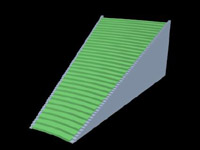
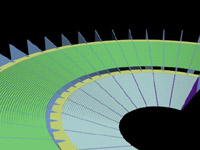
Fig. 1: The first stages in checking design methods and secondary data
The first phase in the re-creation was to analyze the material available to us and calculate the angles of the wedges (kekrides) and the slope of the hill beneath the Acropolis from which the TDA was carved. Once we had these secondary sets of data and material it was possible to start constructing the model using low-detail stand-in objects and parts which served as a control method for the calculations and to check whether the secondary data was correct and could be applied.
The left image in Fig. 1 above shows the first design step in creating one of the wedges which make up the theatron of the TDA. This wedge was then replicated twelve times in a circular radius to make up the 13 kerkides. The middle and right images show the basic arrangement of the wedges and how they are constructed in three different levels.
The second phase: cutting the shape into the basic setup

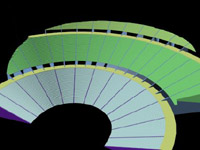
Fig. 2: Cutting the 3D shapes into the shell shape of the theater
Since the theater itself is not semi-circular but a 190° shell shape, we had to cut off the parts of the theatron using a shell-shaped template. Constructing this template for cutting was quite a tedious task because it was essential not to cut away too much or too little.
The two images in Fig. 2 show the general outline of the TDA before and after cutting using the shell-shape template.
The second phase: cutting the shape into the basic setup
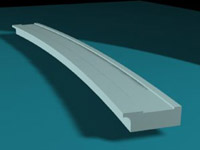
Fig. 3: Creating seating detail and fitting the seats
Once we had completed a 3D geometrical template to fit the size and shape of the theatron it was time to insert the actual seating arrangements with the real shape and geometry. The two images in Fig. 3 will show the basic shape section and the result of having that applied to the 3D geometrical template we have just created.
Mission impossible: reconstructing the hill and environment
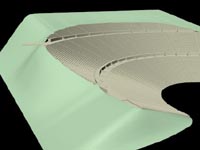
Fig. 4: Creating the soil and hill environment
It was nearly impossible to construct the hill and environment from which the TDA was cut. There was no digital geographical data available which we could use to generate the surroundings and soil of the Acropolis, so we had to work from sketches, photos, and various archaeological drawings showing the height lines and levels of hill.
Creating a complete hill
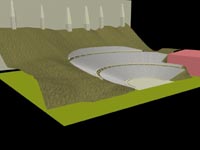

Fig. 5: Setting up the environment and creating the hill
When the immediate surroundings of the TDA had been designed and the slope incorporated into the model, we entered the contour lines and height lines into the computer, allowing us to generate a moderately accurate and realistic hill by connecting all the lines. The height lines and charts were of tremendous help in this area but each and every line had to be created by hand, a tedious and daunting task which took up an entire day. The images in fig. 5 show the progress made that day on the geometry of the hill. During the process of adding these parts to the scene we also added the fortifications of the Acropolis as a reference point from which we could work.
Planting trees and let there be light
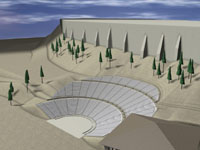
Fig. 6: Adding trees and setting sun lighting
When the basic layers of the hill were finished it was time to dress up the scene with the environmental elements that surround the Acropolis and the TDA. A few hundred pine trees were added to the scene located at the positions where the trees might have been based on aerial photographs of the Acropolis. Each tree was hand planted into the scene, and as fig. 6 shows they create a realistic feel to the image which is important for this kind of model. Without them computer images usually look flat and unrealistic and therefore tend to seem cold and unnatural.
Another very important aspect in creating these images was the lighting, specifically the illusion of sunlight. Normal computer graphics lighting is designed to duplicate artificial light sources, but a special tool for 3DS Max enabled us to set the location of the TDA in reference to the sun. Once this location has been set, the computer can calculate the angle and intensity of the sun's light at any time of the day at any point in time, past, present, or future.
A Parthenon on the double
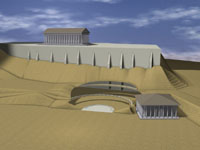
Fig. 7: Creating and adding the Parthenon
Once the environment was in place and the scene nearly completed it was time to start filling in bits of the Acropolis that would act as a reference point in these images. Modeling the entire Acropolis would have taken a number of extra days and was not strictly necessary for our project. The full Acropolis will be presented at a later date. The image in fig.7 shows only the Parthenon and its location on the Acropolis.
No TDA would be complete without a Skene
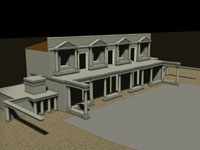

Fig. 8: Creating the skene and adding it into the scene
The next step we headed into was the creation of the skene. For the late-Roman skene we used an artist's impression derived from Dorpfeld's site plans, as published in Sir Arthur Pickard-Cambridge's book The Theatre of Dionysus at Athens. Creating this skene was far the easiest part of the model: the general design of the structure and the multitude of identical and similar building blocks which comprise it makes modeling it in 3D a matter of duplicating various elements and modifying those copied elements as required. Fig. 8 shows the general skene during the creation and design phase. Once created and approved the skene was merged with the rest of the model in its location at the back of the orchestra.
Where we go from here
As new images become available they will be posted on this site and structured in an easy-to-navigate format. We will also create a number of realtime virtual reality scenes of the TDA that will work according to the VRML 2.0 standard. These will be posted to the site at a later date.
If there are any questions regarding the technical details on the creation of these images, please feel free to contact Animagic who will be able to answer all of your technical inquiries. If there is sufficient interest in a more technical version of this explanation, we can create one.
<< Previous
